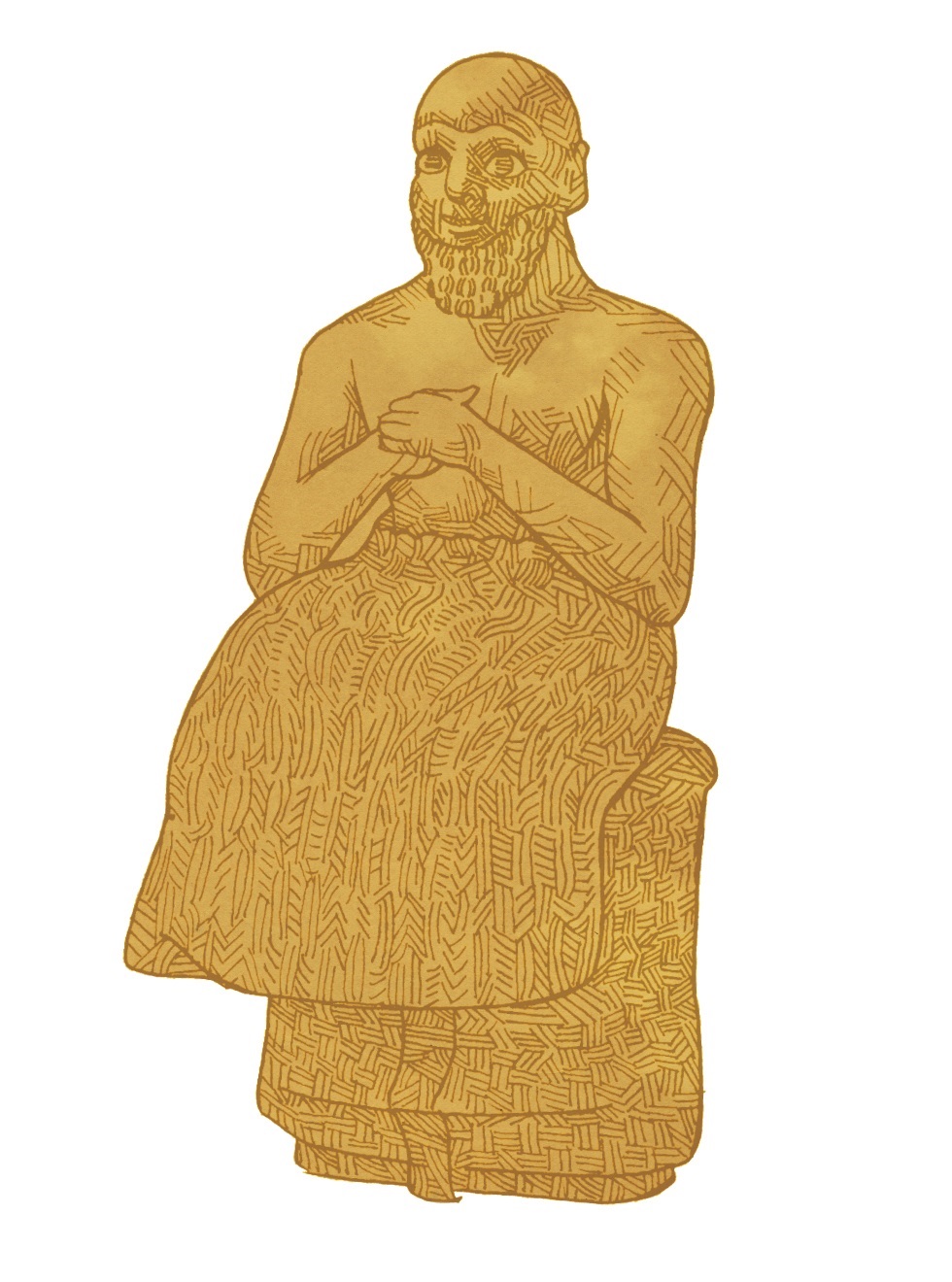Optimality in the “Grammars” of Ancient Translations
DOI:
https://doi.org/10.5508/jhs.2015.v15.a7Abstract
This paper proposes a new methodology for describing, explaining, and tracking the linguistic and non-linguistic shifts that occurred in the ancient biblical translations. It first surveys the approach to Descriptive Translation Studies (DTS) taken by Gideon Toury, outlining pertinent theoretical points. Second, it summarizes the principles and methods of Optimality Theory (OT), arguing that this linguistic model may be harnessed in order to benefit the study of ancient translations. Third, this article applies the theory and methods developed here to a single sample verse, 2 Sam 11:1. Through this study, I demonstrate that the combined theoretical and methodological model provided by DTS and OT allows us to identify, describe, evaluate, and organize the norms constraining the translator of Tg. Jon. to Samuel—and, by extension, to the other ancient Versions. Finally, I argue that we may use OT's notational system to capture regularities and anomalies in ancient translations, outlining their respective “grammars.”

 Statue of Ebih-Il, drawing by Simeon Goa, © Journal of Hebrew Scriptures
Statue of Ebih-Il, drawing by Simeon Goa, © Journal of Hebrew Scriptures
